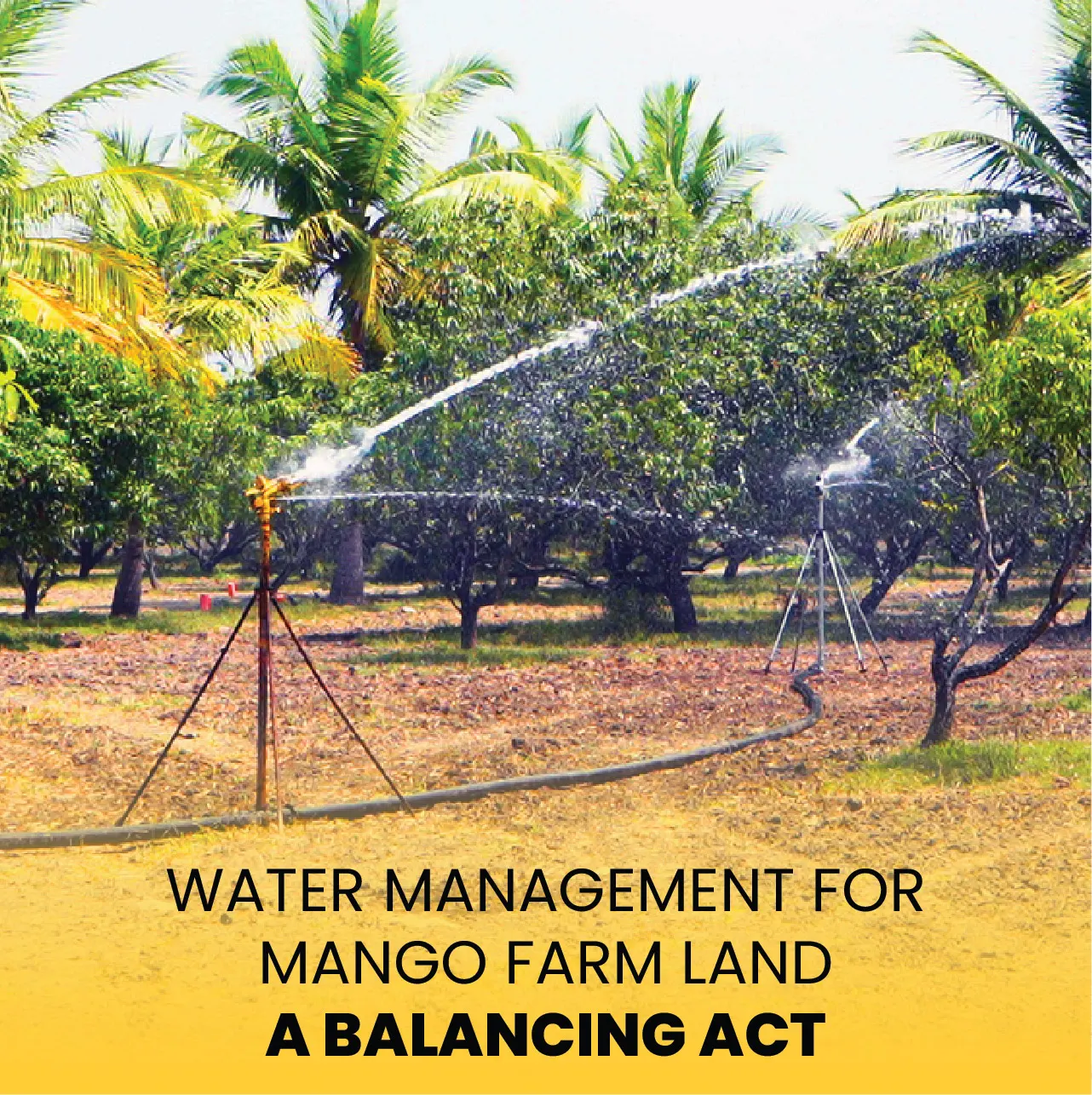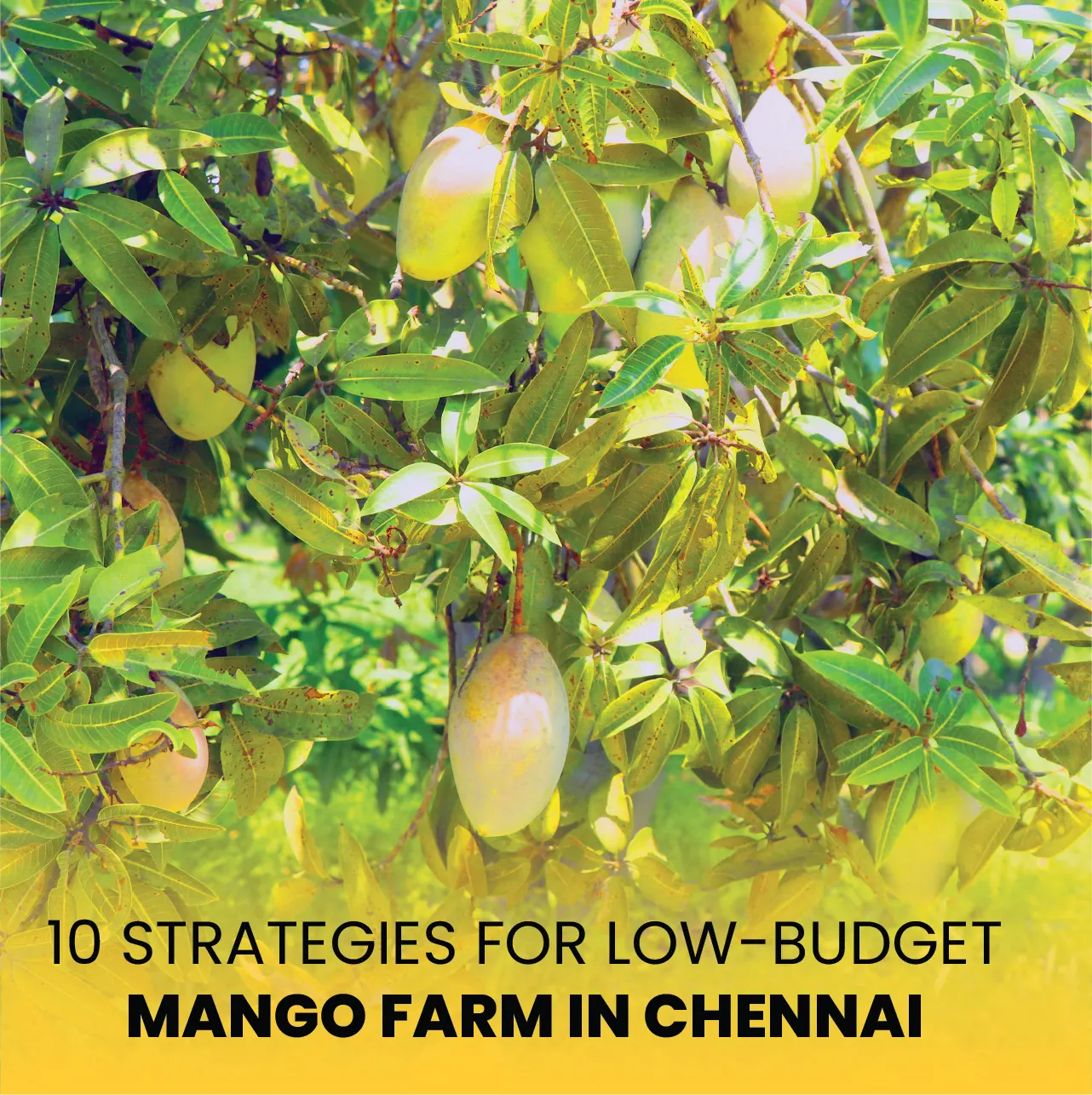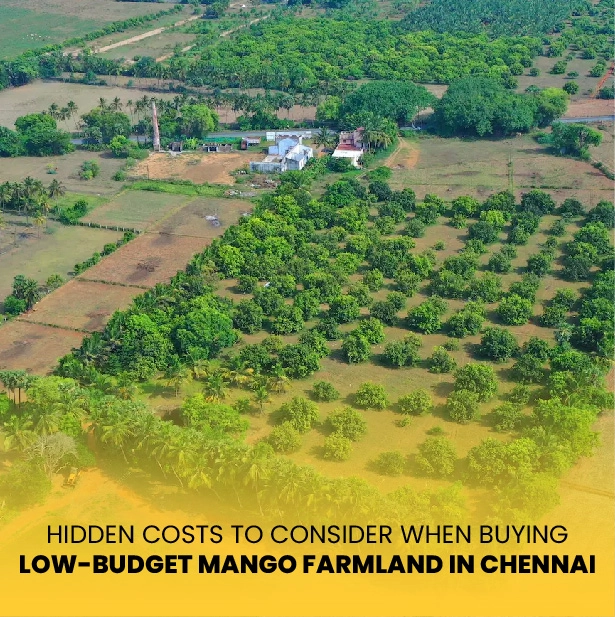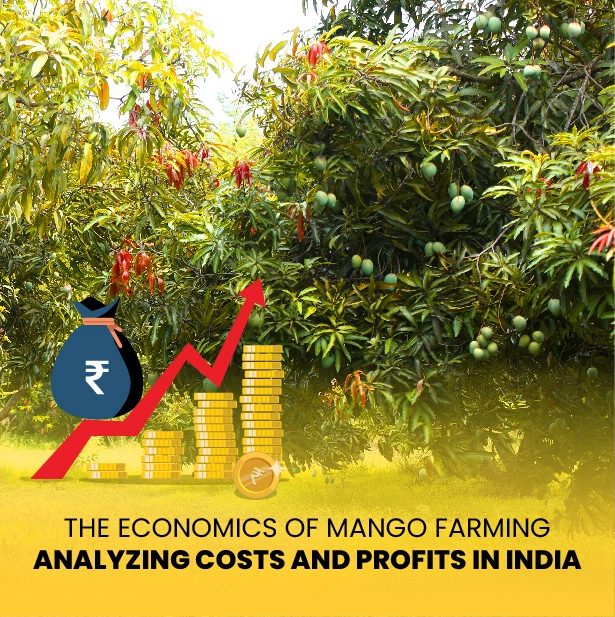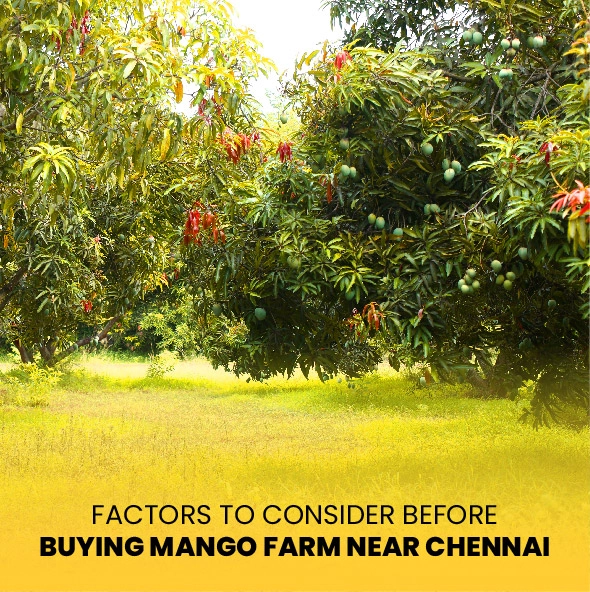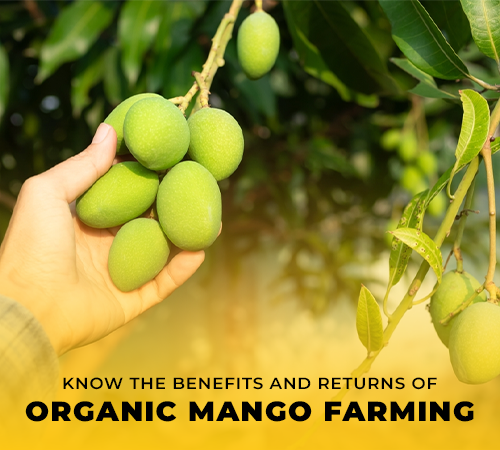Over the past decade, with a noteworthy 12.7% growth rate, India's mango output has increased significantly and impressively. India's mango farming output in the agricultural year 2013-14 came at over 184 lakh metric tons. By the agricultural year 2022–23, this number has skyrocketed over 207 lakh metric tons based on first advance projections. This persistent and steady growing trend not only shows India's unquestionable worldwide leadership in mango production but also displays the nation's will to enhance agricultural methods. Several elements, including government backing, improvements in farming methods, and rising demand both domestically and internationally, help to explain the increase in production. India's success in mango farming supports its leadership in the world fruit market by guaranteeing a large supply of the fruit and strengthening its agricultural sector.
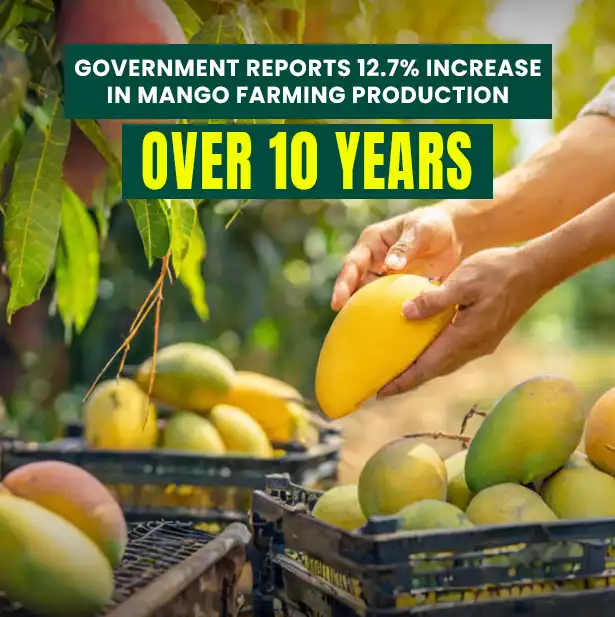
In a written response to the Lok Sabha, Narendra Singh Tomar, minister of agriculture and farmers welfare, lately disclosed these encouraging numbers stressing India's remarkable mango output. His observations highlight the nation's supremacy in the world of mangoes but also stress its strength in growing other tropical fruits, such as guavas and mangosteens. With mango output as a major factor of India's prosperity, Tomar's research emphasizes the extent of India's participation in the worldwide fruit market.
India alone was in charge of generating around 44% of the global mango supply in the agricultural year 2020–1. India's leadership in the fruit sector in terms of quantity but also in terms of diversity and quality of mango varieties is further confirmed by this great share of global mango output. With Indian mangoes shipped to markets all around the world, from Southeast Asia and the Middle East to Europe and North America, the leadership of the nation in mango farming is absolutely vital for the worldwide fruit trade. Producing roughly half of the world's mangoes, India keeps proving its agricultural strength by securing a competitive edge in the worldwide fruit industry and supporting its name as the main supplier of premium mangoes.
The Indian government has launched a set of all-encompassing projects meant to improve the sector in order to guarantee that the remarkable upward trajectory in mango output keeps on. These projects are deliberately meant to raise mango output as well as export possibilities and give growers strong support.
One important component of these initiatives is teaching farmers contemporary farming methods. This covers seminars and training courses emphasizing advanced farming techniques, including high-density planting, integrated pest management, and effective irrigation systems. The government wants to maximize crop yields and guarantee that mango farming is both sustainable and profitable by arming farmers with knowledge of these advanced methods.
Furthermore, the government is committed to enhancing farming methods by way of several channels. This includes funding research and development to find and advance ideal mango growing practices. By using these techniques, farmers can better manage their soil, control pests, and apply fertilizers, therefore producing healthier mango trees and better-quality fruit.
Moreover, the government's approach depends critically on giving access to modern infrastructure. Essential for maintaining mangoes' quality and lowering post-harvest losses, this entails improving post-harvest infrastructure like cold storage and transportation systems. Improved infrastructure guarantees mangoes reach both domestic and foreign markets in ideal condition, therefore boosting their market value and lowering waste.
These developments have helped farmers to effectively reduce post-harvest losses, once a major difficulty. Not only have their improved mango yields satisfied the rising needs of both domestic and foreign markets, but they also let farmers demand more for their produce. For people engaged in mango cultivation, this has then resulted in higher incomes and improved standards of living.
All things considered, these government-led projects are opening the path for a steady increase in mango output, thus strengthening a more strong and profitable sector that helps the agricultural economy as well as the individual farmers who form the backbone of this active sector.
Mango farming in India has increased by 12.7% over the previous ten years, evidence of the nation's robust agricultural base and progressive laws. India is poised to become even more visible in the worldwide mango market with ongoing government assistance, infrastructure development, and advanced agricultural techniques investment. While Indian farmers are still enjoying the advantages of these developments, mango farming has huge future prospects in terms of worldwide awareness and economic growth.



